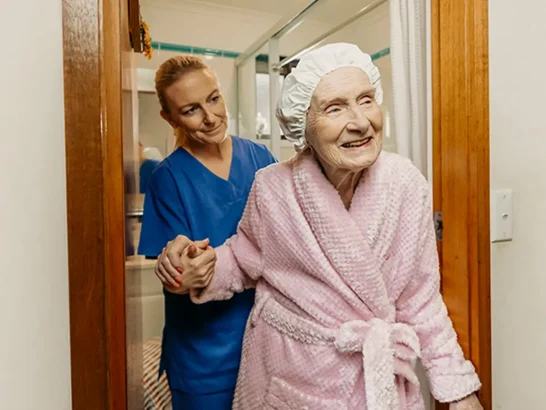The new Aged Care Act was due to commence in July 2024. The draft legislation proposes many changes that will improve the lives of older people and those in the aged care industry.
Here’s what you need to know.
About the new Aged Care Act
In response to the Royal Commission into Aged Care Quality and Safety, the Australian Government has drafted a new Aged Care Act. The new Act is a rights-based Act, meaning that it puts the rights of older people first.
The new Act aims to improve how older people receive care and services in their homes, community and in approved residential aged care homes.
Draft and consultation process
The draft of the new Aged Care Act was released on 14 December 2023, and was open for public consultation until 8 March 2024.
This gave those who will be impacted by the Act (such as older people, their families, caregivers, providers and experts) to give their feedback on the proposed bill.
What's changing
- Independence, autonomy, empowerment and freedom of choice
- Equitable access
- Respect for privacy and information
- Person-centred communication and ability to raise issues without consequences
- A person-centred aged care system
- An aged care system that values workers and carers
- A transparent and sustainable aged care system that represents value for money
- An aged care system that continues to improve.
For older people
Some of the key proposed changes include:
- Clarity for older people on what their rights are and how they can be upheld.
- Clearer expectations from aged care workers and providers, thanks to streamlined obligations, the Statement of Rights and strengthened Aged Care Quality Standards.
- Younger people (under 65) who are not already in the aged care system may no longer be able to access aged care services, as there will be a new eligibility criteria to prevent this.
- However, for First Nations people, or those at risk of homelessness or are homeless, who are aged 50-64 can access aged care services. They will be recognised as younger people needing access to aged care early as a result of their specific circumstances.
For aged care workers
Some of the key proposed changes include:
- Expanded whistleblower protections that give aged care workers more protections.
- Worker screening arrangements will be revised, and workers must fulfil and comply with them. (If you are a support worker with Mable, we are well placed to assist you in meeting any increased obligations).
- The Statement of Principles will encourage support workers to:
- Be empowered to continuously learn, improve and deliver top-quality care.
- Be involved in governance and accountability processes.
For aged care providers
Some of the key proposed changes include:
- The New Aged Care Act introduces a revised version of the Aged Care Quality and Safety Standards, which apply to aged care providers according to their registration category.
- Approved providers will have more obligations when it comes to providing care and support for older people.
- All providers will need to register with the Aged Care Quality and Safety Commission (ACQSC).
- For the first time ever, aged care digital platforms (such as Mable) are included in the Act and new obligations will apply to them.
You can read a summary of the key changes for older people, aged care providers and aged care workers on the Department of Health, Disability and Ageing website.




